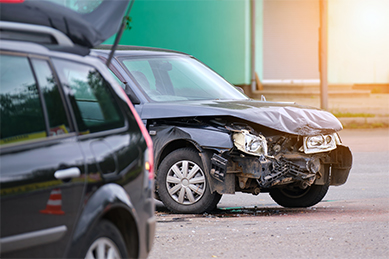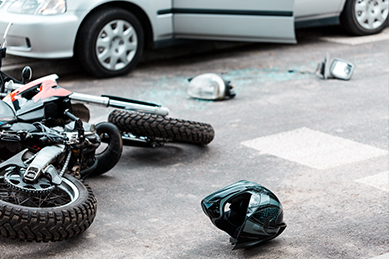Like many others, one of the first things I remember learning as a child was the difference between the three colors of a traffic light. “Green means go, Yellow means slow down, Red means stop.” Parents drill these concepts into their children not only so that they are not hit by a car when crossing the street walking to-and-from school, but so these concepts can be ingrained in the minds of these children many years before they start to drive. Despite these early interventions regarding traffic signals, there continue to be a number of drivers who ignore these rules, and by doing so endanger their lives as well as the lives of other drivers and pedestrians. The most harmful way one can ignore these rules is by running a red light.
The latest nationwide Federal Highway Administration statistics show that in 2008, there were 2.3 million car crashes, resulting in 733,000 injuries, 8000 fatalities, and $14 million in costs to taxpayers. Almost 25% of these injuries and 10% of these fatalities were caused by running a red light, and over half of these fatalities were of others drivers and pedestrians, those who commit no violation. In Florida, there are nearly 100 fatalities and 6300 injuries every year due to running a red light. The City of Orlando reported 429 car crashes resulting from red-light running in 2008. According to the Florida Department of Motor Vehicles, red-light running can result in a citation, with a fine of approximately $200 and three points against your driver’s license.
When polled as to why drivers run a red light, the majority of drivers said they did it to save time from “being in a hurry.” However, a recent study by the Scottsdale Police Department showed that red-light running saved drivers an average of only 47 seconds. While the average time may be greater here in Orlando, the risks associated with running a red light greatly outweigh the benefits. Red-light cameras, despite criticism over whether or not they can be enforced here in Orlando, have also shown some success in curbing the rates of red-light running. In 2014, the number of sideswipe crashes in Orlando due to red-light running decreased by just over 30%.
Here are some tips to help you and your loved ones avoid running a red light:
- Become Familiar With Your Car – every car is made differently; hence, every car brakes differently. Accustom yourself to how long it takes for your car to stop when travelling at various speeds.
- Point of No Return – based on how long your car takes to brake (see above), you can determine whether or not you will be able safely clear an intersection in the event that a traffic light turns yellow. From this information, you can set a point in your head as you approach the intersection. If the light turns yellow and you are in front of the point, then you should brake. If the light turns yellow and you have travelled beyond the point, there is no need to stop as you will safely clear the intersection before the light turns red.
- Travel the Speed Limit (or slightly below) – doing so will make it easier for you to break and stop at an intersection without rapid deceleration.
- Be Observant – many crosswalks throughout Orlando are equipped with countdown timers, indicating how many seconds are left before the light changes from green to red. Always scan each intersection, from left to right, before entering to ensure that there is no oncoming traffic from either side.
The next time you are driving and debating whether or not to run a red light, consider these above tips and ask yourself: “Is it worth it?”








